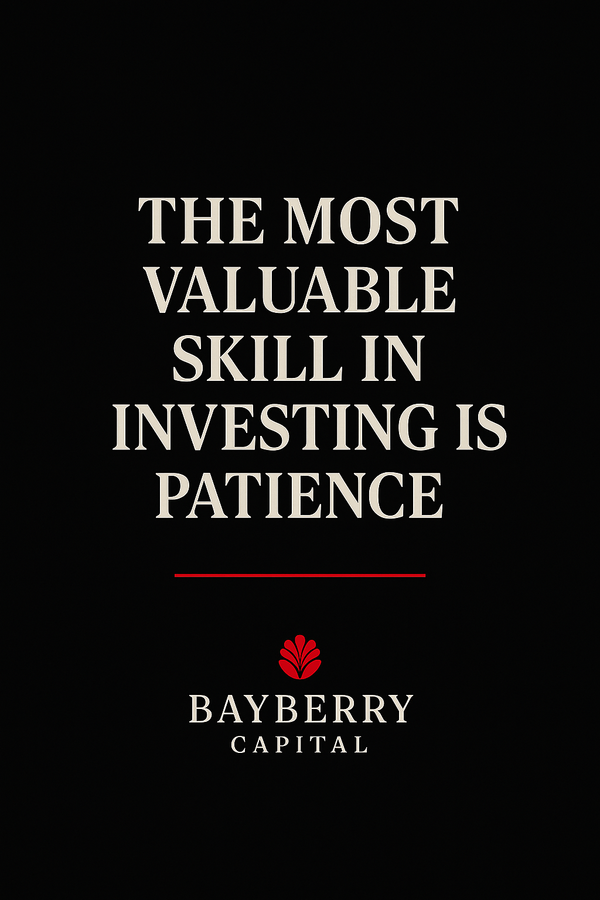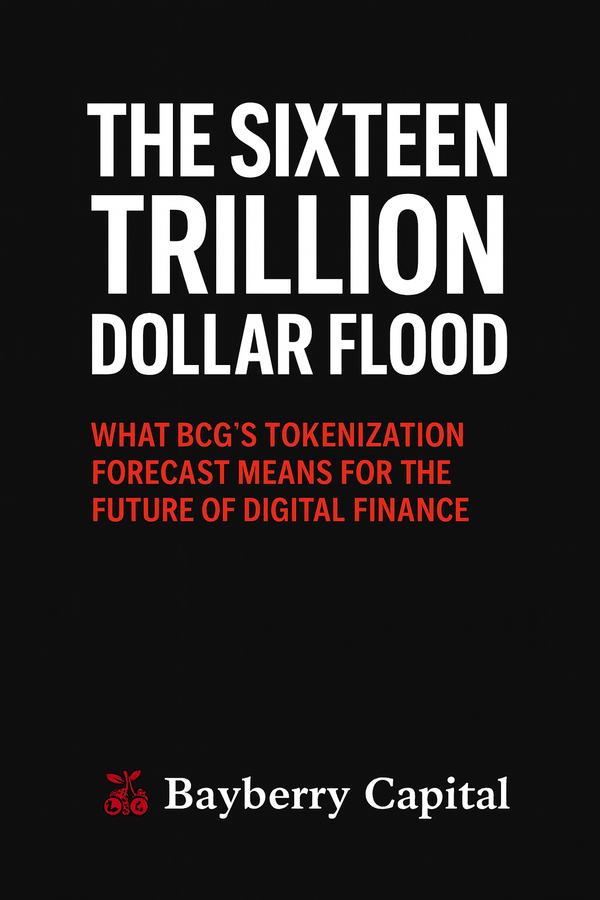The Art of Asymmetry

Every investor talks about risk. Few understand it. The popular definition of risk is simply the chance of losing money. Under that view, the job of an investor is to avoid loss at all costs, to play defense, and to keep exposure as thin as possible. That mindset leads to over-diversification, quick exits, and constant reaction to short-term volatility. It keeps you alive, but it rarely makes you wealthy.
True risk management is broader than that. It is about playing defense and offense at the same time. The defensive side protects capital from catastrophic loss. The offensive side searches for opportunities where the potential reward is so far out of proportion to the potential loss that the trade becomes unfairly tilted in your favor. That is what we mean when we speak of asymmetry.
Asymmetry is simple to define but rare to find. It is the chance to risk one unit of capital with the possibility of making five, ten, or a hundred in return, while the downside remains limited. It is the recognition that most investments offer linear payoffs, but a select few offer exponential ones. These are the investments that do not just grow portfolios, they reshape them.
History is full of examples. Early investors in Amazon, Apple, or Microsoft were not rewarded because they were chasing hype. They were rewarded because they recognized asymmetry before others did. The downside at the time looked modest. Amazon was a bookseller that might fail, Apple was a struggling hardware company, Microsoft was a niche software provider. The upside, if the thesis played out, was transformation. That is what asymmetry looks like in practice.
The problem for most investors is that asymmetry does not look obvious in the moment. In fact, it usually looks uncomfortable. It requires conviction in assets the market does not yet fully understand. It demands patience through years of sideways movement or outright volatility. The investor has to endure doubt, criticism, and the temptation to sell early. This is why asymmetry is as much about psychology as it is about mathematics.
Digital assets today sit at this exact point. Most of the market chases noise. Speculative tokens pump and crash overnight, drawing in attention but creating no lasting infrastructure. Yet beneath the surface, a smaller group of assets are positioning to become essential to the future financial system. These are assets with real utility, assets being adopted by institutions, assets being integrated into regulatory frameworks. They are not flashy, but they are foundational. They represent the rails over which trillions will eventually move.
At Bayberry Capital, we believe that recognizing and accumulating these asymmetric opportunities is the essence of our work. It is not about trading everything. It is not about predicting every move. It is about identifying the rare assets where the downside is survivable, but the upside is transformative. Once we see that imbalance, we commit. We build quietly, brick by brick, while the crowd is distracted by short-term speculation.
Asymmetry requires discipline. It is easy to say you believe in a long-term thesis. It is much harder to live through the volatility that tests it. Every asymmetric opportunity has long stretches of doubt built into it. Amazon spent years trading sideways. Apple was written off repeatedly. Even Bitcoin and Ethereum went through multiple cycles where most declared them dead. The investor who wins is not the one who times the exact bottom or top. The investor who wins is the one who holds conviction through uncertainty because the thesis is clear.
The way we approach this is simple. For every position, we ask two questions. What is the potential downside if we are wrong, and what is the potential upside if we are right? When the answers reveal an imbalance tilted in our favor, we act. When they do not, we wait. That patience is part of the art. Asymmetry is not about volume of bets, it is about quality. A few great asymmetric opportunities in a lifetime are enough to change everything.
Looking forward, we believe the greatest asymmetric opportunities in digital assets will not be the next meme coins or short-term trading frenzies. They will be the assets that bridge the old system with the new. The tokens that enable cross-border settlement, tokenize real-world assets, and carry compliance at an institutional scale. These assets may not move the fastest in the short term, but over time they will become indispensable. The payoff for positioning early is extreme.
The art of asymmetry is the art of positioning. It is about seeing what others ignore, having the patience to accumulate while sentiment is low, and the conviction to hold while the world catches up. Wealth is not built by following the crowd. Wealth is built by identifying the rare moments when the math of risk and reward bends sharply in your favor.
This is how we view risk. This is how we build conviction. And this is how we intend to capture the greatest opportunities of this era. By mastering the art of asymmetry.





